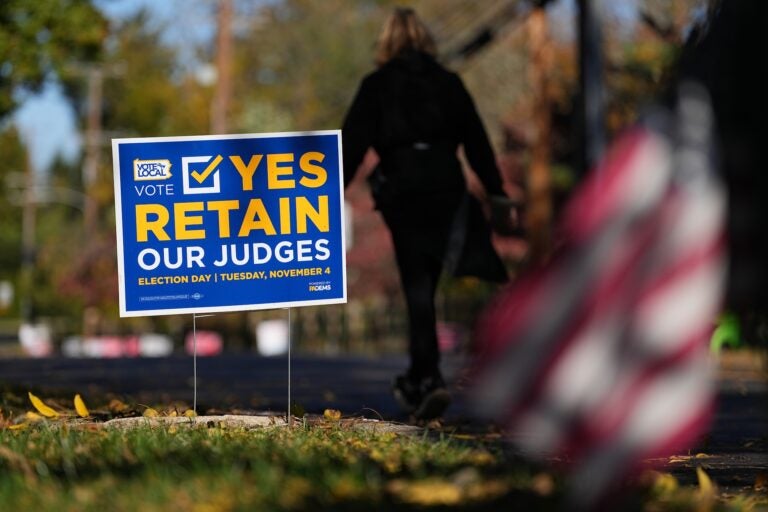UPDATE: Voter turnout in the Philadelphia suburbs has reached an astonishing high during this off-year election cycle, marking the highest participation since 2011. Residents of Bucks, Chester, Delaware, and Montgomery counties flocked to the polls, showcasing their commitment to local governance, even without major races on the ballot.
Montgomery County recorded a staggering nearly 50% turnout, surpassing previous off-year elections by over 7 percentage points. In Bucks County, voter participation also approached 50%, with 49.6% of registered voters casting ballots, reflecting a surge of nearly 7 percentage points compared to 2023. Chester and Delaware counties also achieved remarkable off-year turnouts of 47.73% and 45.59%, respectively.
Montgomery County Commissioner Neil Makhija stated, “I think this election shows that people care about local power.” With the highest-profile races being statewide retention votes for three state Supreme Court justices, these suburbs have proven to be a critical barometer for national trends.
The unprecedented turnout has sparked conversations about local issues versus national politics. Delaware County GOP Chair Frank Agovino noted, “You just saw the traffic,” emphasizing the visible increase in voter engagement. He cited the Democrats’ control of the county council since 2019 and their significant voter registration advantage, which has shifted the political landscape dramatically.
Democrats maintained their control of the County Council and secured several local offices, with local Democratic campaign manager Salvatore Colleluori declaring the results a “beacon of hope.” He reported that turnout was driven not only by the state Supreme Court race but also by local candidates who have successfully rallied community support through recent achievements.
As the political environment heats up, the implications of these results could resonate in future elections. With the next significant electoral cycle approaching in 2026, officials are closely monitoring how this year’s turnout may signal voter sentiment. Colleluori emphasized, “If we can pick up a few seats in the state house and reelect [Governor] Josh Shapiro, we’ll see what Democrats can do when empowered to govern.”
Amid these developments, Makhija highlighted the contrast between local efforts to support residents in need and the federal government’s struggles. In light of the recent cuts to the Supplemental Nutrition Assistance Program (SNAP), he announced that Montgomery County is allocating $500,000 to provide food assistance, a move that resonates deeply with constituents facing rising costs.
As the political landscape continues to evolve, both parties are bracing for what lies ahead. Agovino cautioned against premature conclusions, stating, “Pennsylvania is full of surprises.” With historical trends showing that the party in power often faces losses in subsequent elections, the road to 2026 remains uncertain.
These recent elections have underscored the importance of local leadership and the shifting dynamics of suburban politics in Pennsylvania. As the dust settles, one thing is clear: residents of the Philadelphia suburbs are eager to make their voices heard, shaping the future of governance at all levels.







